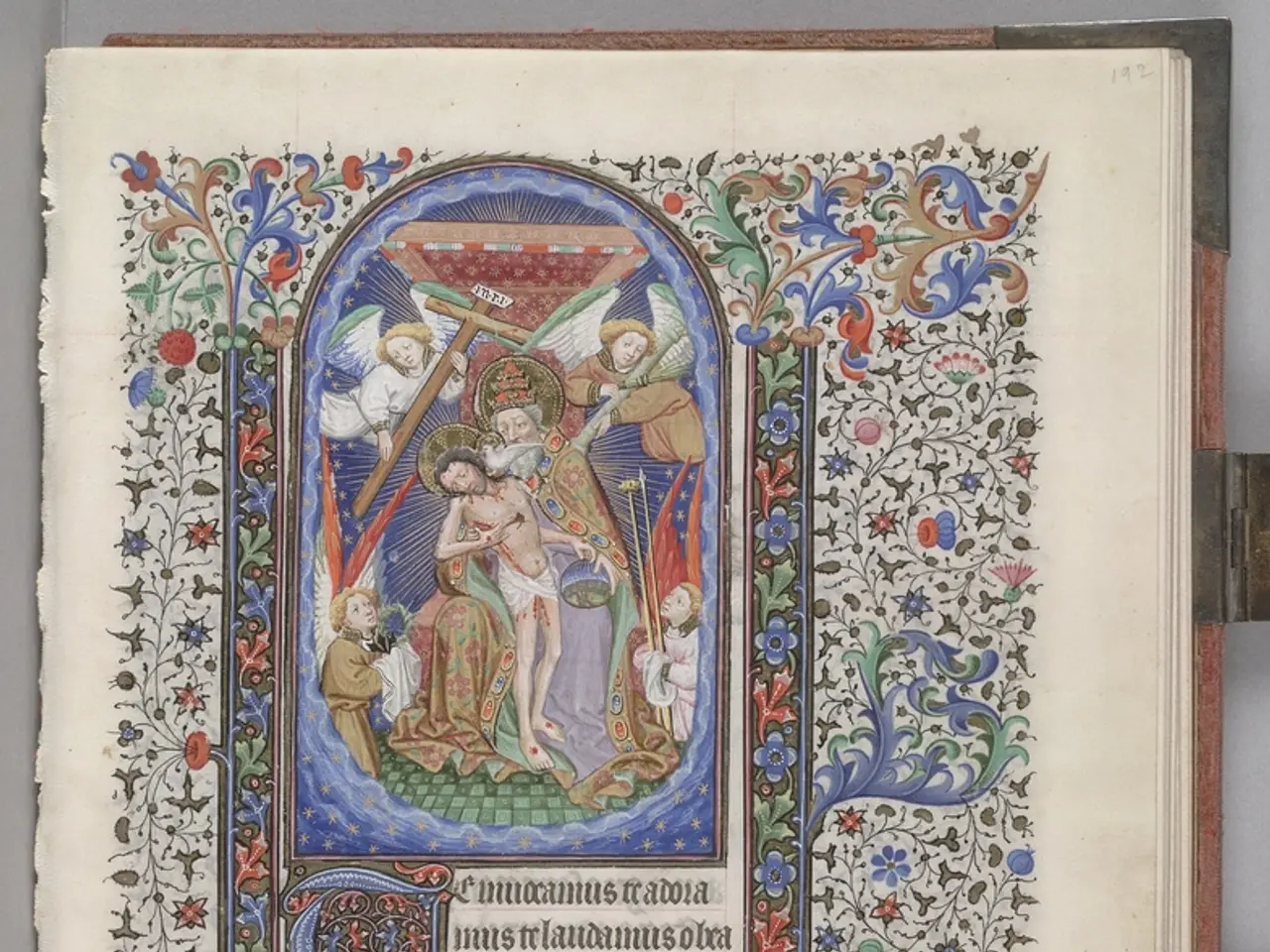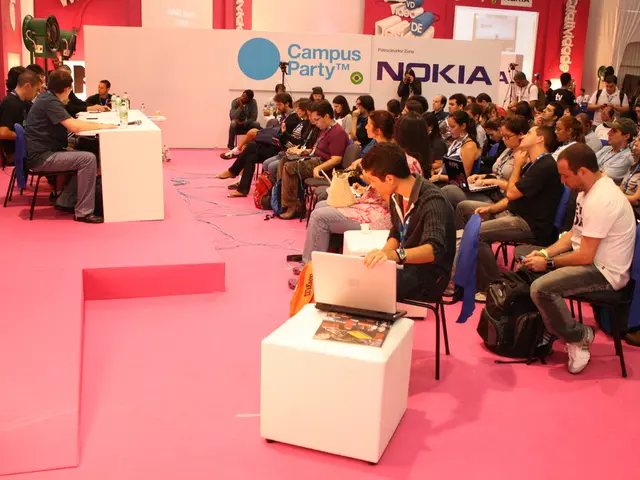AI-Generated Imagery Customized for Businesses' Specific Needs
In the rapidly evolving digital landscape, businesses are leveraging Generative Artificial Intelligence (AI) to revolutionise their visual design strategies, creating user-centered, scalable, and engaging design solutions.
One such example is the use of AI in email marketing, where platforms like Autobrand allow users to upload logos, fonts, and brand colours for automatic branding of designs. This automation not only saves time but also ensures consistency across various campaigns.
AI is proving to be a valuable tool in A/B testing different visuals in emails, such as colour schemes, layouts, and infographics. By analysing what works best for different audience segments, businesses can refine their approach and create emails that resonate more effectively.
Farfetch, a leading fashion platform, has seen significant success in this area. By using generative AI to optimise email subjects and create personalised email copies, they experienced a 7% increase in promotional email open rates and a 31% increase in event-triggered email open rates, along with a 25% and 38% increase in click rates.
Generative AI is also transforming product visuals, allowing brands to adapt them based on what appeals to different customer groups. This personalisation is not limited to small-scale campaigns; AI can scale personalised visuals for large campaigns, producing marketing visuals tailored to different regions, age groups, or product preferences.
To ensure AI-generated visuals are on-brand, businesses should define their brand's style and provide AI tools with access to brand elements like logos, colours, fonts, and overall aesthetic. This maintains brand consistency while allowing for personalisation.
In the future, AI could create personalised visuals that cater to someone's unique tastes, past purchases, or current mood. Data about customers, such as preferences, age, or online behaviours, can guide AI to produce visuals that resonate with specific audience segments.
Generative AI tools are already being used to create personalised visuals for businesses, making it easier to deliver on-brand content that resonates with audiences. However, it's crucial to approach this technology with a human-AI collaboration model, where designers act as curators, setting clear rules, constraints, and design principles that guide AI generation.
This collaborative approach, combined with data-driven personalisation, rigorous curation, and iterative optimisation, ensures AI-generated personalised visual designs are relevant, engaging, scalable, and ethically sound. By embracing these best practices, brands and designers can harness generative AI not just for visual novelty but for meaningful user experiences at scale.
Moreover, gathering valuable customer insights and building teams with a combination of tech know-how and creativity will help businesses get the most out of AI-driven personalisation trends. Online bookstores, for instance, can send personalised email recommendations with cover images tailored to each subscriber's reading habits.
Even iconic brands like Coca-Cola are jumping on the bandwagon. In 2023, they launched their "Masterpiece" campaign, using generative AI to create a mix of live-action and animated art based on famous masterpieces.
In conclusion, the integration of generative AI into visual design is reshaping the marketing landscape, offering businesses the opportunity to deliver personalised, on-brand content at scale, and ultimately, create more engaging user experiences.
- Businesses are exploring the use of artificial-intelligence in data visualization, applying AI designs to diverse sectors like finance and business by optimizing email subjects, creating personalized email copies, and adaptingproduct visuals based on customer preferences.
- The fusion of technology and artifical-intelligence in visual design extends beyond email marketing; it can also generate personalized visuals for large-scale campaigns, catering to different regions, age groups, or product preferences, thus enhancing marketing efforts.
- In the near future, AI could potentially create unique and engaging personalized visuals for each customer, taking into account their tastes, past purchases, or current mood, enriching user experiences across various industries.




